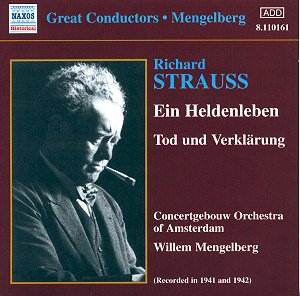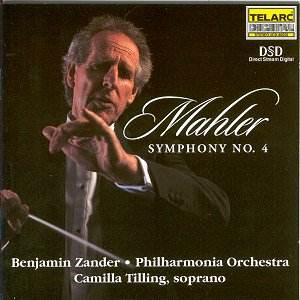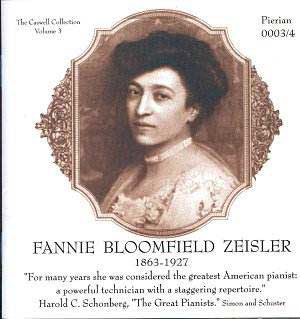 Composer: Heinrich Ignaz Biber
Composer: Heinrich Ignaz Biber
Works: The Mystery Sonatas
Performers: Walter Reiter, Violin; Timothy Roberts, Chamber Organ/Harpsichord; Elizabeth Kenny, Theorbo; Joanna Levine, Gamba; Frances Kelly, Harp; Mark Levey, Lirone
Recording: St. Silas’s Presbytery, London, March 2000; The Parish Church, Orford, Suffolk, May 2000
Label: Signum CD 021
Heinrich Ignaz Biber’s Mystery Sonatas is a seminal work that not only showcases the technical brilliance of the Baroque violin but also intricately weaves religious meditation into its musical fabric. Composed for Archbishop Max Gandolph, these 15 sonatas serve as both devotional exercises and virtuosic displays, reflecting the spiritual depth associated with the mysteries of the Virgin Mary. Each sonata is imbued with programmatic significance, inviting listeners to traverse the narrative from the Joyful to the Sorrowful, culminating in the Glorious Mysteries, before concluding with the grand Passacaglia.
Walter Reiter’s performance is nothing short of extraordinary. His mastery of scordatura—the practice of retuning the violin for each sonata—allows him to explore the wide emotional range that Biber intended. The sonata “Ascension” stands out for its ethereal quality, achieved through the unusual tuning of g-c-g-d, which elevates the violin’s voice to achieve a celestial resonance. In stark contrast, the “Jesus Carries His Own Cross” sonata, tuned to c-e-a-e, evokes an unsettling tension, reflecting the weight of its subject matter. Reiter’s ability to navigate these complex tunings while maintaining a lyrical flow is a hallmark of his artistry.
The ensemble supporting Reiter, including Timothy Roberts on the chamber organ and harpsichord, Elizabeth Kenny on theorbo, and Joanna Levine on gamba, forms a cohesive unit that enhances the texture of the performance. Their blend is immaculate, achieving a delicate balance where each instrument complements the others. The recording quality is commendable; the acoustic space of the churches where the sessions took place enriches the sound, allowing for a natural resonance that captures the subtle nuances of Biber’s writing. The engineering ensures clarity without sacrificing warmth, a crucial consideration in works as intricate as the Mystery Sonatas.
When juxtaposed with other notable recordings, this rendition by Cordaria stands out for its interpretative choices and the sheer emotional weight it carries. Where other performances may emphasize the technical prowess of the violin, Reiter and his colleagues delve deeper into the spiritual narrative, making each sonata not merely a display of skill but a profound meditation. The inclusion of varied movements—such as the dance-inflected “Visitation” and the deeply moving “Crucifixion”—highlights the versatility of Biber’s composition, and they are executed with a sensitivity that transcends the notes themselves.
The Mystery Sonatas demand not only technical ability but also a deep understanding of their historical and emotional contexts. Reiter’s interpretation, alongside his ensemble, achieves this balance beautifully. The recording is a testament to Biber’s genius and a compelling invitation for listeners to engage with these spiritual narratives in a fresh and profound way. It is an essential addition to any collection of Baroque music and a benchmark for future interpretations.



